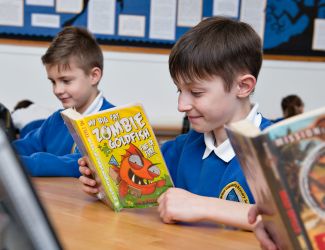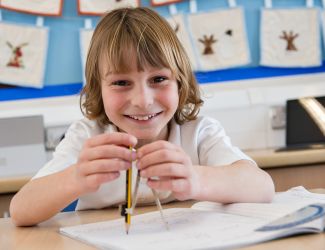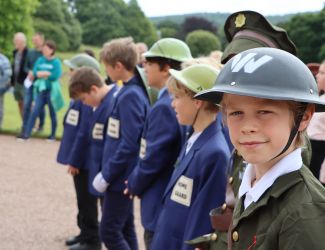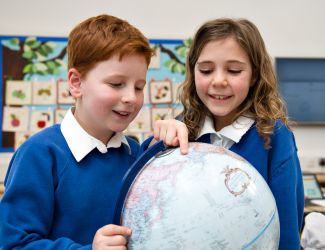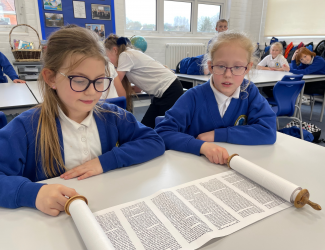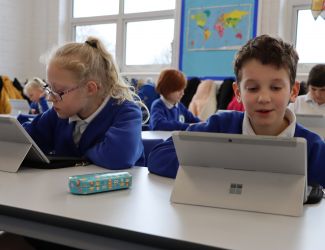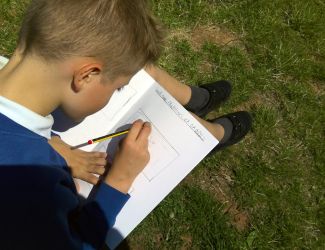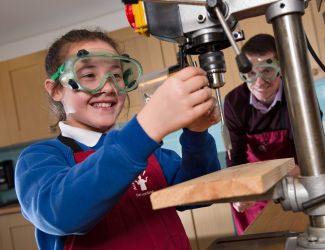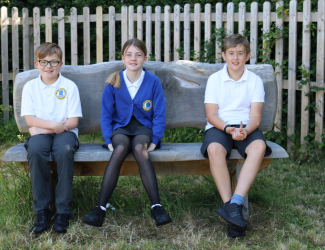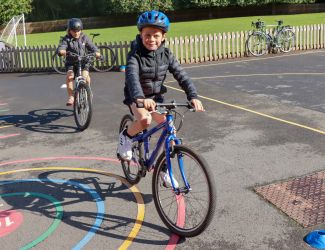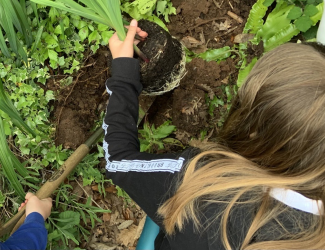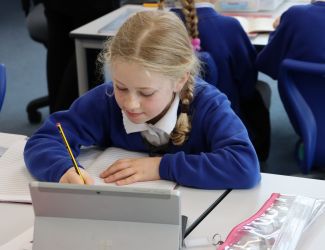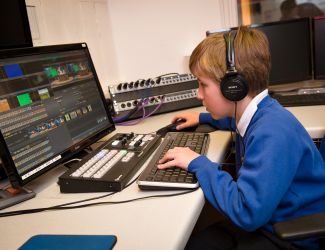Year 3 Geography Curriculum
Children will be taught three key strands of geographical knowledge, consider the subject’s relevance to our chosen Modern Foreign Language (Spanish) and a selection of necessary skills to become geographers. Pupils will be encouraged to interpret and navigate a variety of maps, in physical and digital forms, as well as drawing many of their own with suitable symbols and scale. They will be taught…
An Area of Human Geography: Region Comparison
- To understand human geographical similarities and differences through the study of city locations, size and layout in five distinct world regions: Britain, Italy, Spain, Belize and Mexico.
- To consider the historical implication of city locations and how they were established.
- To discuss city structure in each region and consider why there might be differences.
An area of Physical Geography: Region Comparison
- To understand physical geographical similarities and differences through the study of rivers, coasts and mountain ranges in five distinct world regions: Britain, Italy, Spain, Belize and Mexico.
- To locate hot and cold areas of the world by identifying the equator.
- To describe and understand the formation of volcanoes and how they erupt.
- To describe and understand the formation of mountains and ranges.
A range of Geographical skills: Map Reading, Map Making & Fieldwork
- To use world maps, atlases, globes and digital maps to make simple routes.
- To use simple grids and give directional instructions up to 8 cardinal points.
- To use four-figure coordinates to locate features.
- To devise a map of a small area with features to scale in the correct location.
- To continue learning how to use scale.
- To use digital maps to add a range of annotation and text to explain features.
- Use fieldwork and observational skills to measure, record and present physical and human features of a local aera, including a range of methods: sketch maps, plans, graphs and digital technologies.
- Why local areas have changed over the past 2000 years, identifying their land use and human features that have changed.
- To consider the importance of qualitative and quantitative data through shops/houses/flats/parks/libraries as well as the population.

